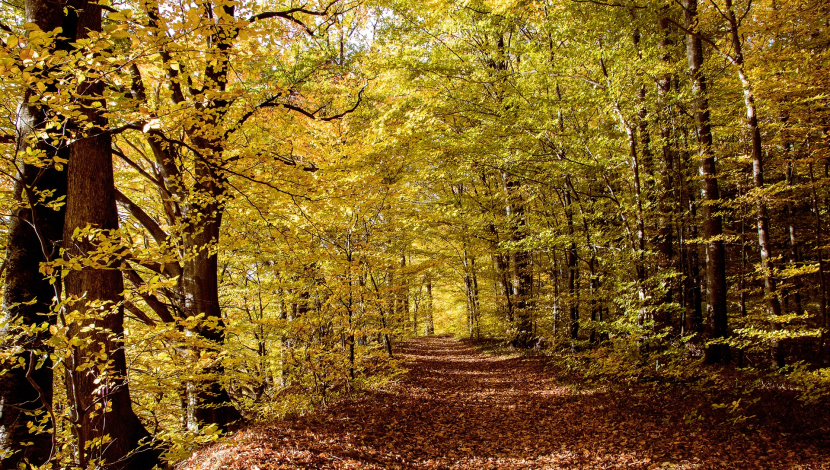Forest cooperatives as a model for the future
Interview with Markus Wolff from the Remscheid Forest Cooperative on the status quo and perspective of our forest.
In many cases, private forest ownership is divided into small areas through inheritance – in the Bergisches Land on average this is less than two hectares per owner. Profitable management of this land is hardly possible anymore and therefore many forest heirs/owners look to interested buyers as a way out. Then there are, among other things, investors with clear deforestation plans because in NRW up to two hectares can be cut down without the need for a permit.
In order to prevent this and instead manage the forest sustainably, the Remscheid Forest Cooperative was founded 6 years ago. It now cultivates almost exactly 70 hectares of forest and has 232 members – more recently the Panterito Foundation.
Markus Wolff is the founder and chairman of the board of the cooperative – and at the same time he is the Head of the Remscheid City Forestry Office, because only a union makes it possible for the cooperative to do what private owners surrender to. He spoke to Kristina from Panterito about the condition and future of the forest.
Mr. Wolff, there has been a lot of media coverage about drought, forest fires, and the effects of climate change on the forest. Do you also feel this in your forest regions?
Of course. There is no forest in Germany or in Europe, which is not currently visibly or invisibly affected by climate change and is therefore also stressed.
What are the typical signs?
Decreased vitality of the trees. They are just weakened. This expresses itself in being more susceptible to harmful organisms, they lose their leaves early or, if they are a spruce or other conifers, they quickly dry and then become brown.
Although we are still relatively well off. The Bergisches Land is one of the main areas of damage in NRW. Last week I did a tour with a school class in our forest and I noticed that we are still in a comparatively good to very good position due to our forest management.
What are you doing differently?
We do not do anything differently in the forest cooperative to what we do in our urban forest – both are so-called “naturally” cultivated. These are criteria of the ANW, the Association for Natural Forestry, which, among other things, aims to rejuvenate the forest early, thereby bringing in more structure, more diversity, more mix and therefore the trees are simply more vital and resistant.
What are the biggest challenges facing the cooperative now? On the one hand, of course, adaptation to climate change, but on the other hand, there is also the question of how profitability can be achieved – or is that not the focus at all?
Of course, profitability is in a sense a black zero. In view of the fall in price of wood, this is a challenge, no question. But there are indications that the forest is increasingly coming into focus as a result of this change in overall political awareness and that we can open up new markets. That we can achieve yields for CO2 storage, for example, or that we will be rewarded for ecosystem services in the future and for many other things where it is now being felt that we simply cannot work without or with less forest.
It was not until the end of September at the “National Forest Summit” that the Federal Minister of Agriculture, Julia Klöckner, pledged additional funds worth millions to repair the damage. It is now crucial that the urgently needed funds are used in a well-focused manner. If funds are linked to measures for ecosystem services instead of as a flat rate, they promote the conversion of industrial forests into healthy ecosystems in the long term, explains the 12-point paper from NABU, for example.

